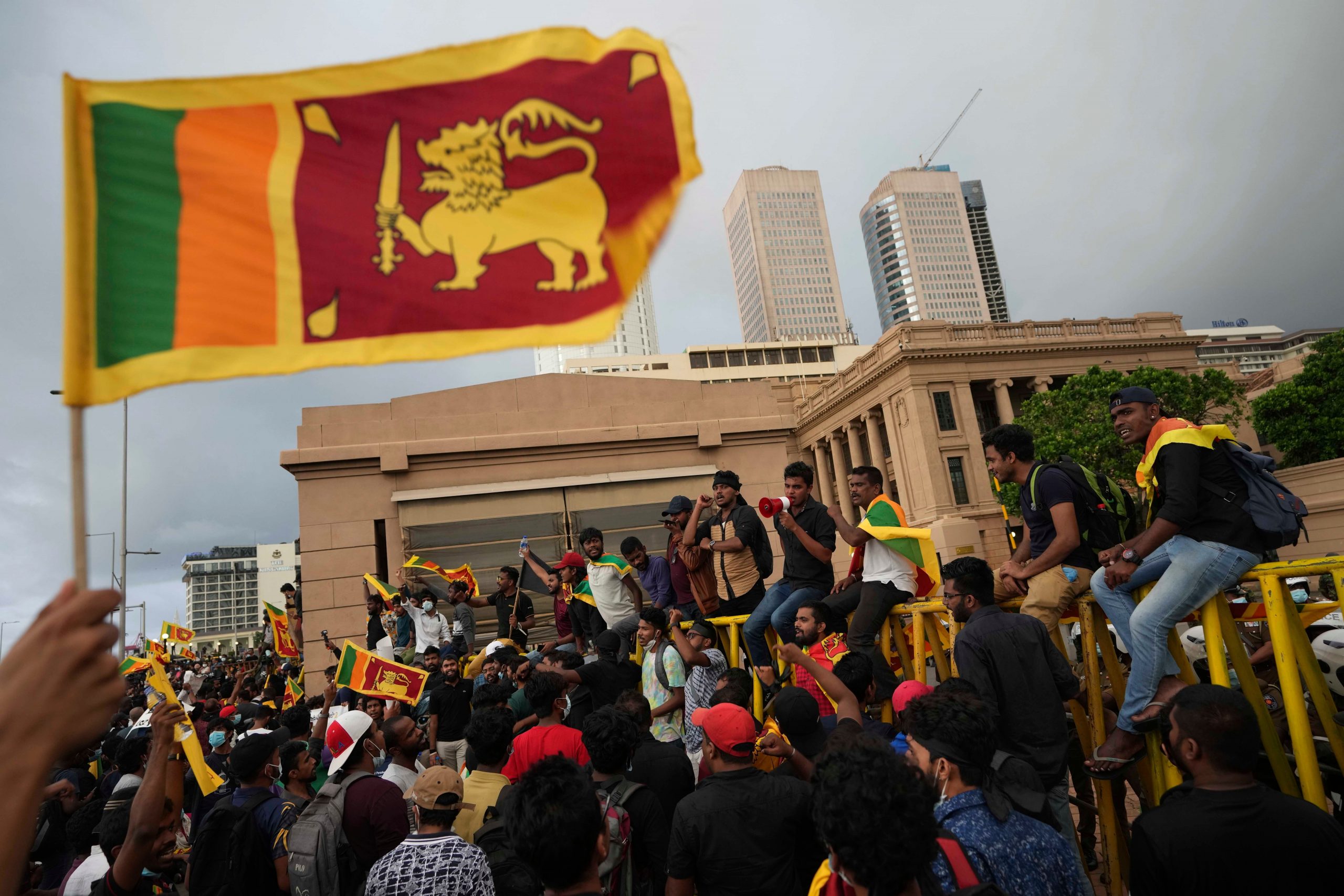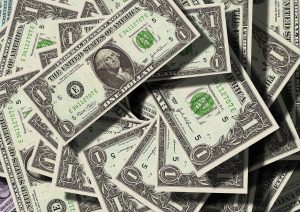Amid a worsening economic crisis, Sri Lanka’s central bank held its key lending and borrowing rates steady on Thursday following a massive 700 basis points increase at its previous meeting and again emphasised on the need for more fiscal measures and political stability in the crisis-hit economy.
The bank held its Standing Lending Facility rate at 14.50 percent, and the Standing Deposit Facility Rate at 13.50 percent.
In a statement, the bank said, “It is envisaged that the recent tightening of monetary conditions and the strengthening of monetary policy communication will help anchor inflation expectations of the public in the period ahead.”
The central bank said inflation will remain elevated in the near term due to supply-side pressures while economic growth will also record a setback.
Also Read: Amid steep economic crisis, can the Sri Lankan government make payroll?
The island nation is in the midst of its worst economic crisis since Independence. A confluence of COVID battering the tourism-reliant economy, rising oil prices and populist tax cuts by the government of President Gotabaya Rajapaksa and his brother Mahinda fuelled the crisis.
Shortage of fuel, food, medicines has resulted in social unrest and political turmoil in the country. Last week, Mahinda Rajapaksa resigned as the prime minister following weeks of turmoil and unrest.
Foreign reserves have plunged to almost zero, leaving Colombo struggling to pay for such essentials as fuel, medicines and food.
“Central bank believes that the policy changes that they enforced at the last meeting are gradually starting to show results. Market interest rates have also adjusted,” said Uddeshan Jonas, chief strategist at Capital Alliance Group. “They will overlook inflation figures in the short term since is entirely supply side related,” he added.
Also Read: The Day Rajiv Gandhi Was Killed
Inflation hit 29.8% in April with food prices expanding by 46.6% year-on-year in the island nation.
The country is nearly bankrupt and has suspended repayment of of about $7 billion in foreign loans out of $25 billion to be repaid by 2026.







